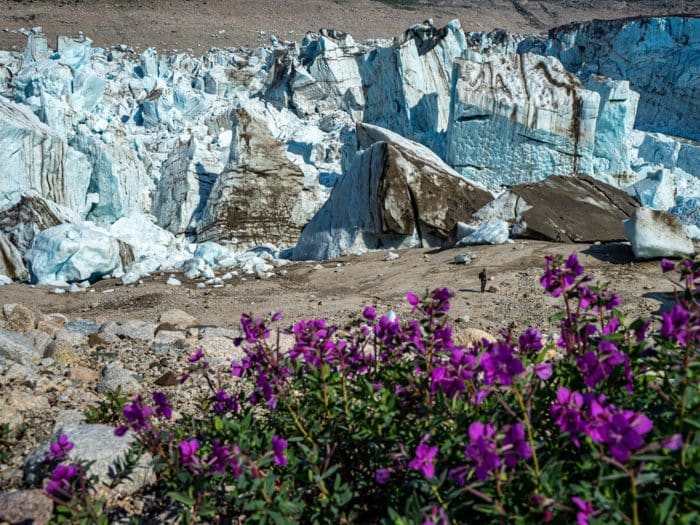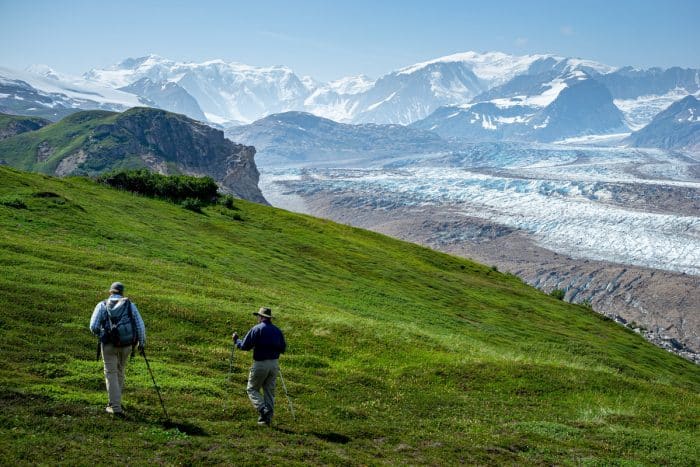How to Photograph the Northern Lights in Alaska
One of the most popular, and beautiful, things to see in Alaska are the Alaska northern lights. While people love to experience them, they also love to capture the moment to remember and share which is why we put together this helpful guide to photographing the northern lights.
What Are the Northern Lights?
The northern lights are also known as the aurora borealis. People across the world have documented aurora experiences for thousands of years. In fact, many early peoples attached supernatural or spiritual significance to their experiences of brightly colored lights seeming to dance across the night sky.
Today we know that what we are seeing has a foothold in science and science says — the lights are a reaction that occurs when electronically charged particles from the sun enter our atmosphere.
So… sunlight?
No. Those particles are not simple beams of sunlight. They have been super-charged into space, shooting off of the sun’s surface during a solar storm. Some particles disperse across the universe but others smack into Earth and get captured in Earth’s magnetic field.

Where Do the Lights Get Their Colors?
Many people know the northern lights for their bright, dancing colors. Those occur when the gasses in the Earth’s atmosphere are heated by those solar particles. Each color is the result of a different gaseous reaction:
- Green and Yellow – Oxygen
- Purple, Blue and Pink – Nitrogen
- Orange – Neon
- Deep Red – Oxygen (in high altitudes)
Why Alaska is the Perfect Place to See the Northern Lights
The magnetic field that surrounds the Earth drives those particles from the Sun towards the magnetic poles. And guess what? Alaska is extremely close to Earth’s northernmost magnetic pole making it an ideal location to see the northern lights. (That also means that the southern magnetic pole is a great place to view the southern lights or aurora australis.)
Alaska also offers plenty of areas where artificial lights (i.e. streetlights, lights from stores) won’t obstruct your view.
When is the Best Time to Photograph the Northern Lights?
When is the best time to see the northern lights in Alaska? August 21 to April 21 is generally regarded as the prime viewing season for the northern lights. While you can technically “see” them all year long, during this time period Alaska does not have longer, sun-filled days. That’s important because the best time to see the northern lights in Alaska is when the nights are dark and especially clear.
You’ll want to get a good night’s sleep the day before you go hunting for a perfect pic of an aurora because you and your camera may be up pretty late. The best time to experience the aurora borealis is after midnight.
Luckily, there are a wide range of great resources available, such as The University of Alaska Fairbanks Geophysical Institute’s Aurora Forecast and downloadable apps like ‘Aurora,’ so you know when your best chance to see the lights are.
How to Photograph Northern Lights
Whether you are an experienced photographer or an ameature shutterbug, the northern lights can make for a beautiful and captivating subject. And one you should’t be intimidated by, particularly when you are prepared.
Here are eight great tips for how to photograph northern lights.
- Use a mirrorless DSLR or other manual camera. Smartphones are great and many have solid cameras but they don’t have all of the settings needed in order to capture the lights which have captivated people for thousands of years.
- Have backup equipment. And backups for that equipment. You’ll be out at night in Alaska where the cold has been known to wreck more than one photographer’s plans by shutting down their camera or hastening the life of a battery.
- Find a dark location. You especially want to avoid light pollution from artificial light sources.
- Use a tripod. Taking a good photo of the northern lights will require some shutter delay. A sturdy tripod can help you hold this position over and over.
- Know your equipment. If aperture, ISO, shutter speed, and f-stops all send you on a quick Google search it might be worth looking at taking a basic photography class before you take the trip of a lifetime.
- Turn your automatic focus off. This handy setting is great during the kid’s day at the park, not so much when trying to capture a near-celestial event.
- Dress warmly. To fully appreciate and experience the northern lights you’re going to be in the elements for a potentially extended period of time. Remember the 3 Ws – Be windproof, waterproof, and warm.
Patience is the key. You can run out, take a quick shot, and then head home. But the result will not be the picture that you had dreamed of capturing. To grab “the” shot, you’ll need to be patient.
And of course there are some “don’ts:”
- Don’t shoot when there is a full moon as it tends to wash out the night sky and dilute the colors of the aurora.
- Don’t just step outside your hotel room and expect to capture a magazine cover worthy shot. The ambient light will have a negative effect on your viewing experience (and on your photos). (Although if you’re staying in a remote location, ambient light won’t be too great of a concern.)
Like anything else in life – don’t be afraid to ask for help. A few words from a professional photographer (like the one on staff at Tordrillo) before you head out can make a huge difference.
Experience All Alaska Has to Offer
From viewing the Northern Lights to exploring glaciers, skiing, flightseeing, hiking and more, a trip to Alaska gives you an experience unlike one that you’ll find anywhere else in the world.
An experience that is all the more amazing when it’s based in the Tordrillo Mountain Lodge located on the banks of the Talachulitna River and Judd Lake in the Tordrillo Range. It’s an ideal location for experiencing ALL that Alaska has to offer (including viewing the northern lights).
Are you ready to experience one of the wonders of nature? Book your stay today.









